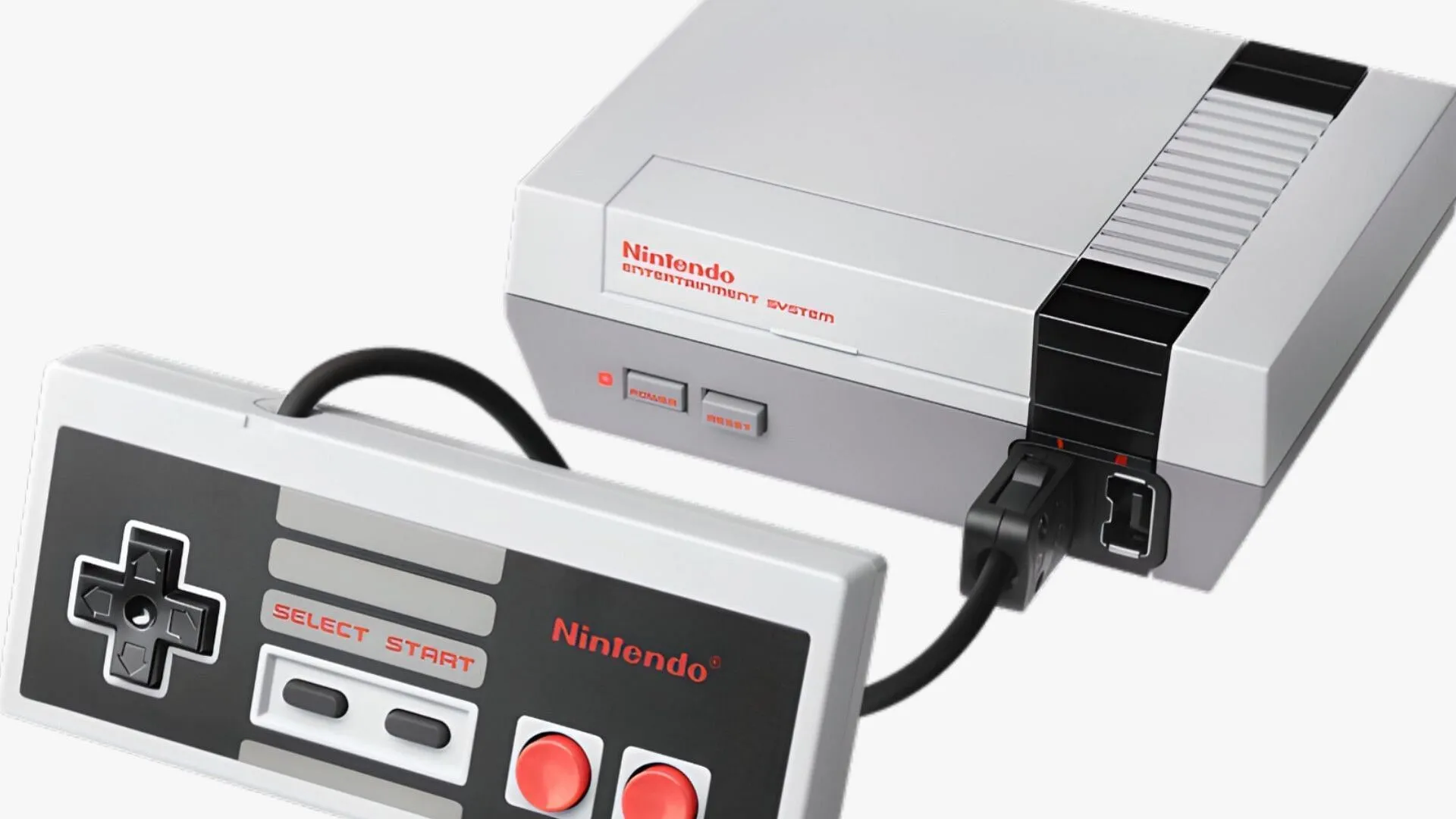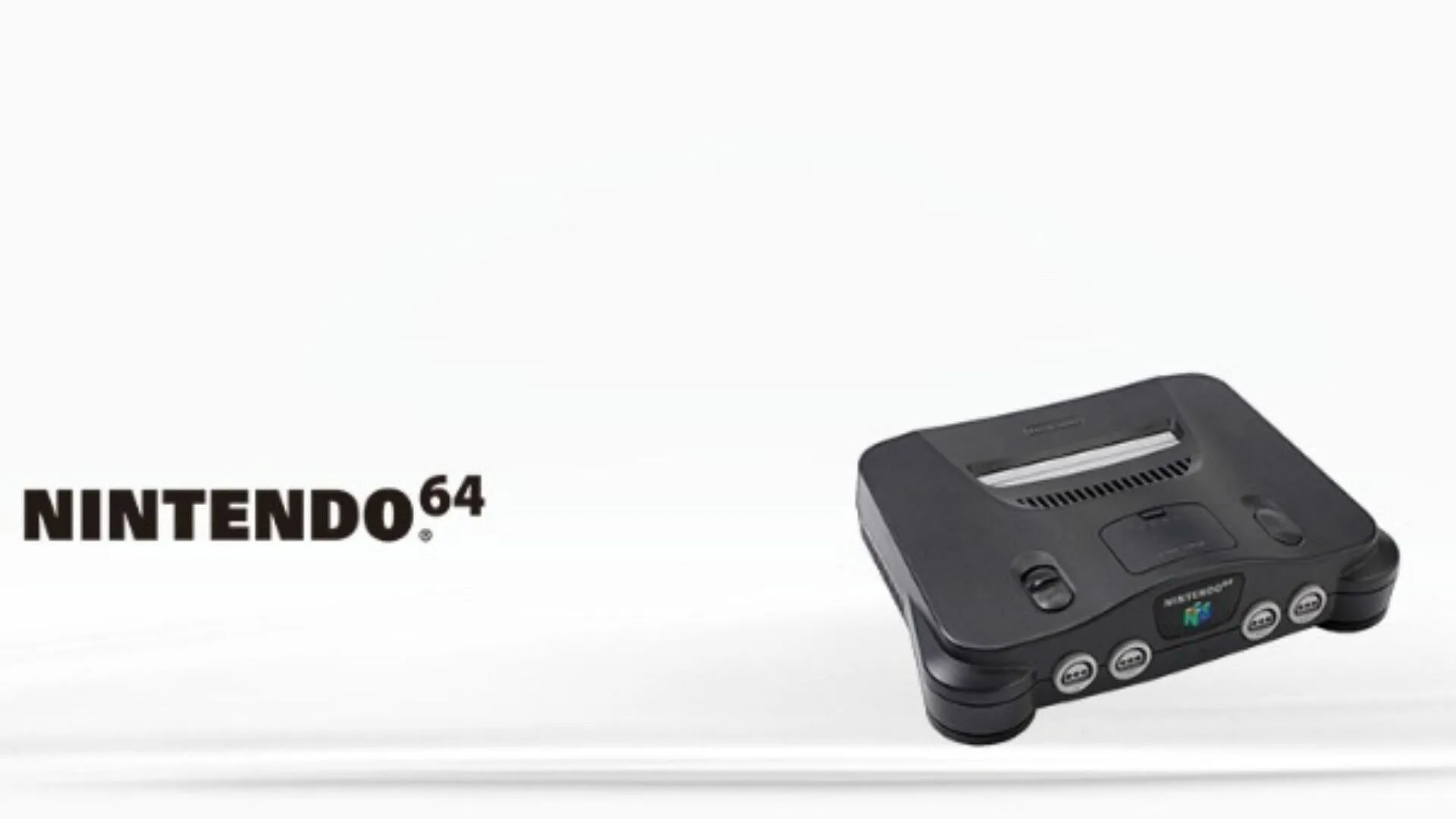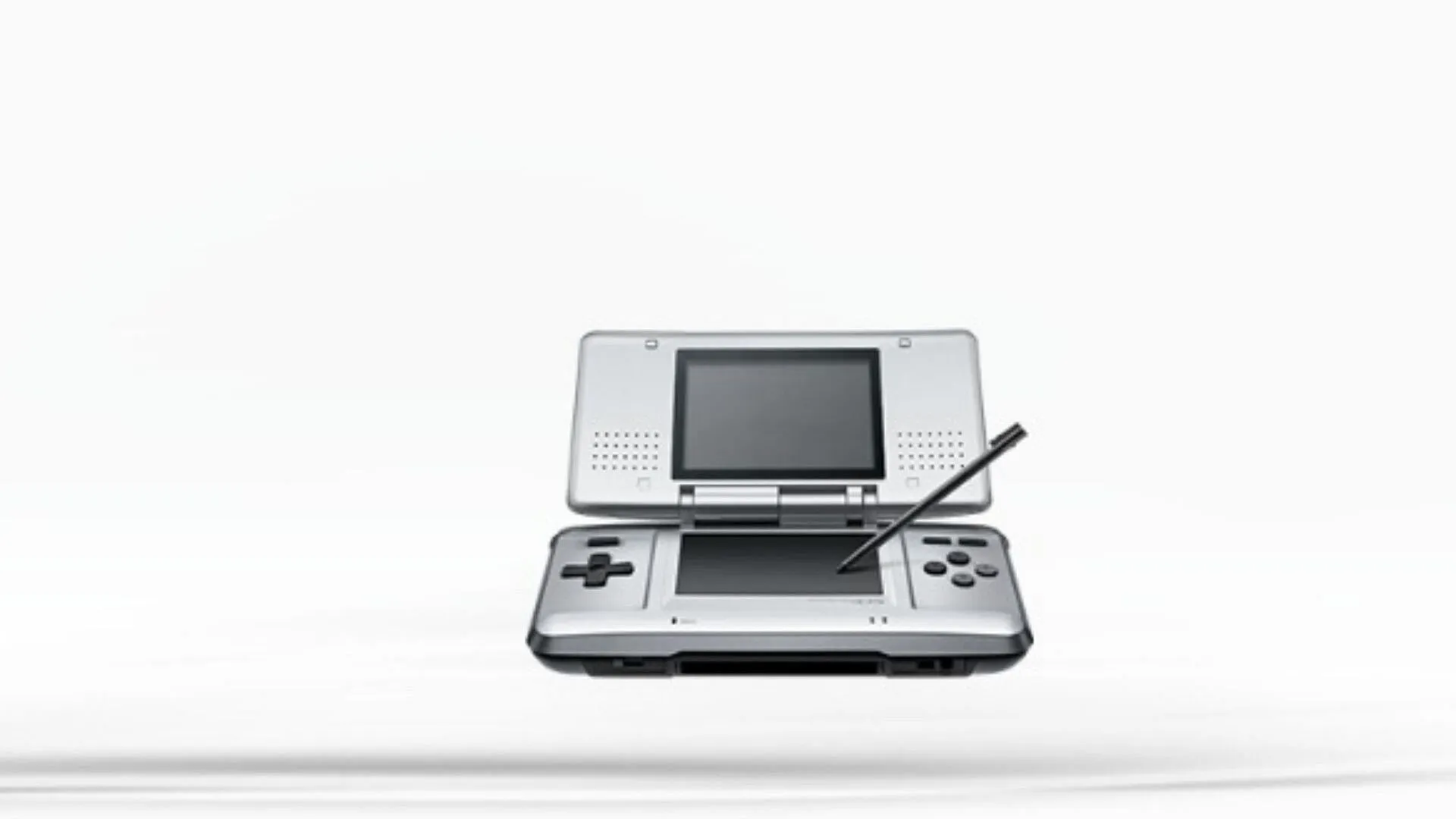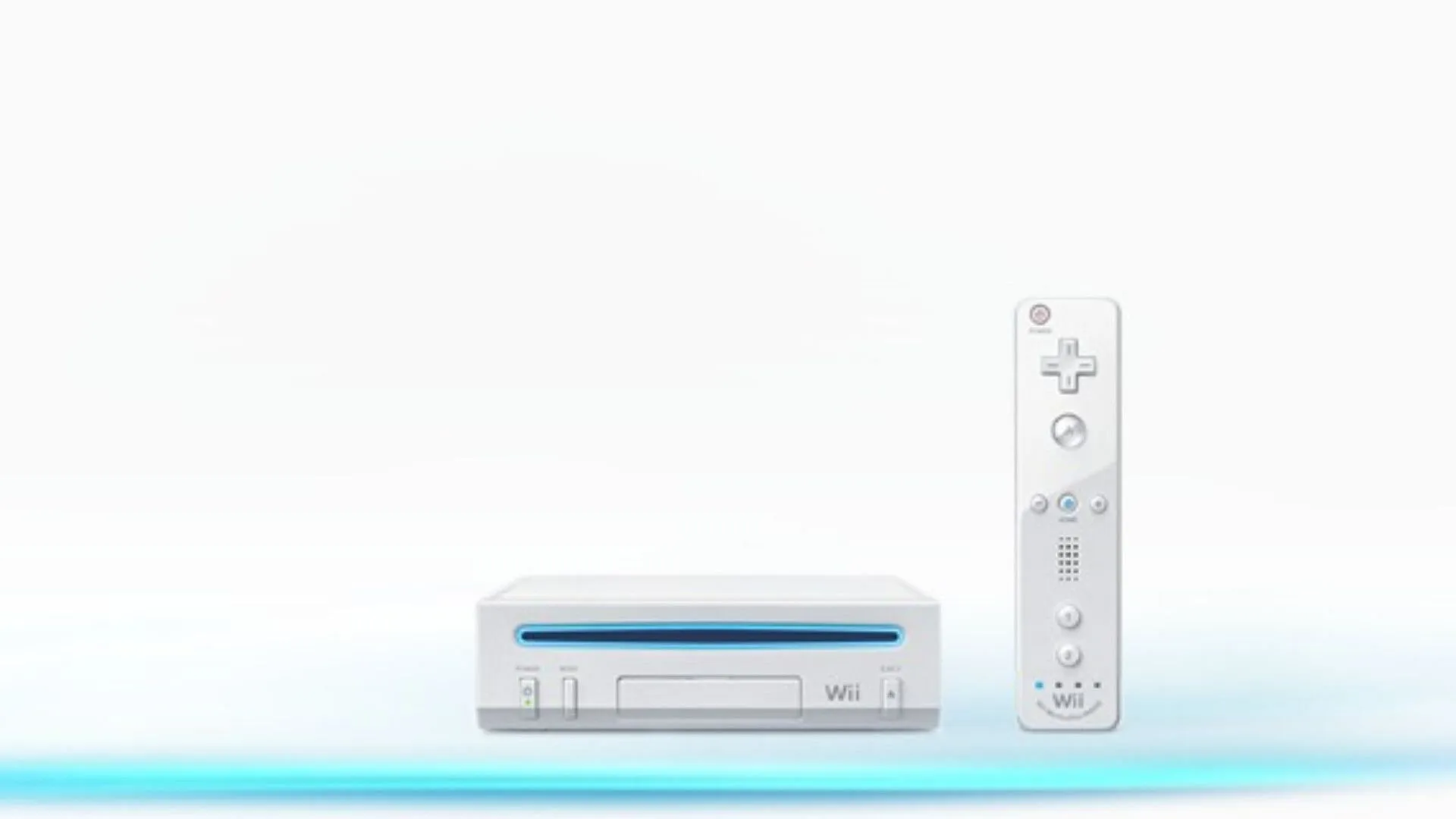While many gamers may overlook Nintendo consoles, the impact of this iconic company on the video game industry is undeniable. Founded in 1889 and originating from the production of Japanese playing cards, Nintendo has evolved into one of the oldest and most influential console manufacturers in the world.
As anticipation builds for the upcoming Switch 2, it is important to reflect on the technological innovations that have defined Nintendo over the years.
Nintendo’s Groundbreaking Innovations Through Time
Personal bias aside, my journey with Nintendo transcends mere nostalgia; it stems from the joy of immersive gameplay. After many years of exploring various handheld consoles, including classics like the Game Boy Color and the Advance SP, my rekindled passion began with the Switch OLED. The unique titles exclusive to the Switch reignited my love for gaming, offering a refreshing experience distinct from the fast-paced thrillers of games like Counter Strike.
Nintendo’s knack for innovation has positioned the company as a pioneer, introducing concepts that have since become standards in the gaming industry. Let us explore a few of Nintendo’s most significant technological breakthroughs that shaped the gaming landscape.
1) Game and Watch (1980)

Nintendo entered the realm of video games in 1980 with the release of the Game and Watch, coinciding with the debut of the original Donkey Kong. This handheld device was instrumental in introducing the directional pad—a feature that has become essential in modern gaming controllers. The influence of the d-pad was so profound that it was quickly adopted by all major console manufacturers, setting the foundation for today’s controller designs.
2) Nintendo Entertainment System (NES) (1983)

After the relative obscurity of the Game and Watch, Nintendo struck gold with the release of the NES in 1983, initially in Japan and later globally by 1985-86. The NES is celebrated for introducing the concept of console exclusivity through third-party licensing, a strategy that led to the birth of iconic franchises like Super Mario Bros. and Donkey Kong. This move was pivotal in rescuing the gaming industry from the 1983 video game crash, with NES sales surpassing 61 million units, eclipsing Atari’s previous records and revitalizing interest in video gaming.
3) Nintendo 64 (N64) (1996)

Launched in 1996, the Nintendo 64 marked a significant leap into 3D gaming with the introduction of Super Mario 64. The console sold an impressive 500,000 units on launch day, thanks in part to its innovative use of the analog stick—an essential tool for navigating 3D environments. Although other consoles had attempted 3D before, they lacked an intuitively designed interface, making the N64 a game changer.
4) Nintendo DS (2004)

Upon its release in 2004, the Nintendo DS quickly became a cultural icon, selling over 154 million units, making it the best-selling Nintendo console ever. Featuring dual screens—one of which was a touchscreen—the DS revolutionized portable gaming, allowing for more interactive and engaging gameplay experiences. The debates about what “DS”truly stands for, whether “Developer’s System”or “Dual Screen,”add to its allure. This innovative device paved the way for subsequent consoles, including the DSi, DS Lite, 3DS, and 2DS.
5) Nintendo Wii (2006)

The Wii, released in 2006, became a monumental success, selling over 100 million units, largely due to its focus on family-friendly multiplayer gaming and its innovative use of motion controls. This groundbreaking feature, built on accelerometer technology, transformed how people interacted with games and led to a surge in casual gaming. Competitors like Sony and Microsoft soon adopted similar technologies, reshaping the entire gaming landscape.
Honorable Mentions
- 3D Effect on the 3DS: While not widely adopted, the Nintendo 3DS showcased a unique approach with its glasses-free 3D display, exemplifying Nintendo’s commitment to innovation.
- Portable Gamepad for Wii U: Regarded as a precursor to the Switch, the Wii U featured a tablet-like controller that allowed for flexible gaming, marking an important step in Nintendo’s evolution.
- IR Camera in Switch: The Switch’s hidden IR camera in the right joy-con exemplifies Nintendo’s ingenuity in expanding gameplay possibilities.
Looking ahead, the eagerly awaited Switch 2 is set to debut globally on June 5, 2025. Following a thrilling Nintendo Direct presentation on April 2, 2025, fans are left eagerly anticipating what new features and games will be introduced. Until then, gamers can immerse themselves in the vast collection of titles the Switch has to offer.


